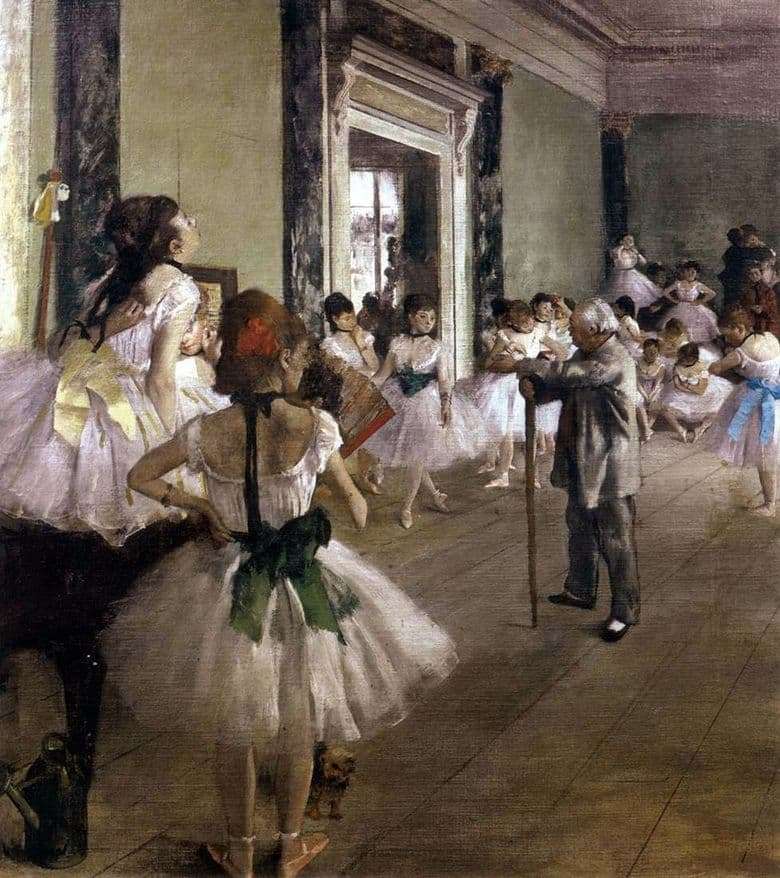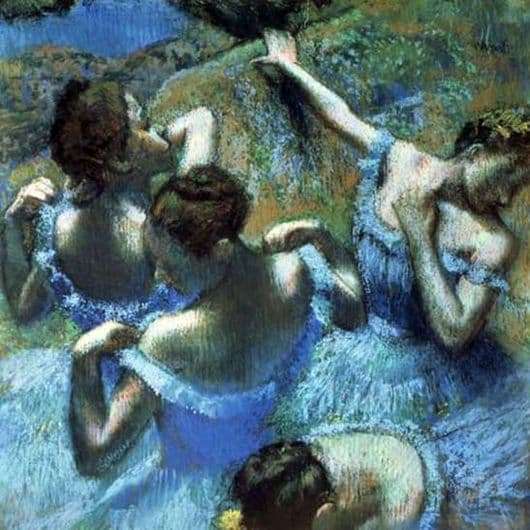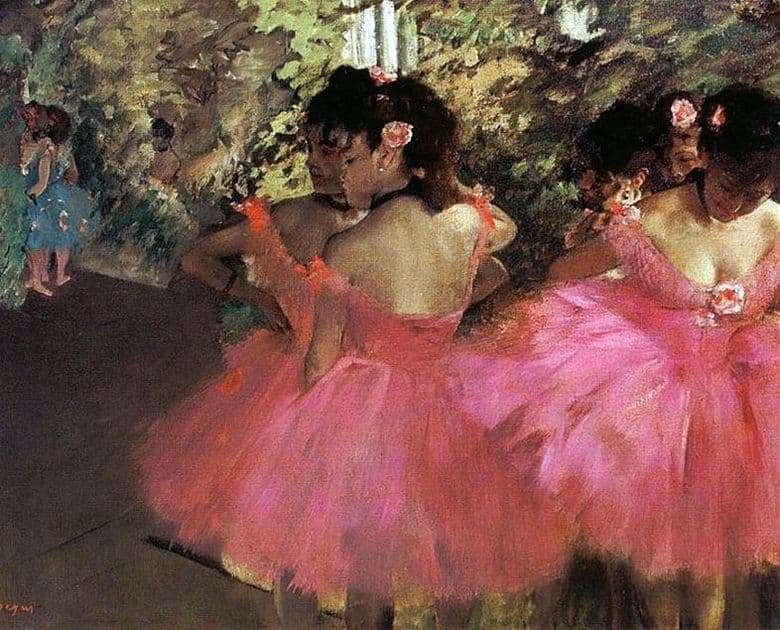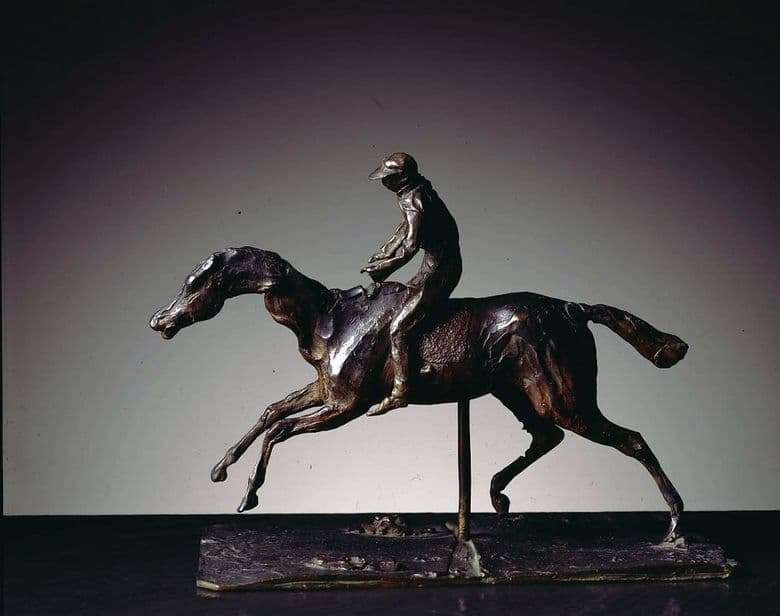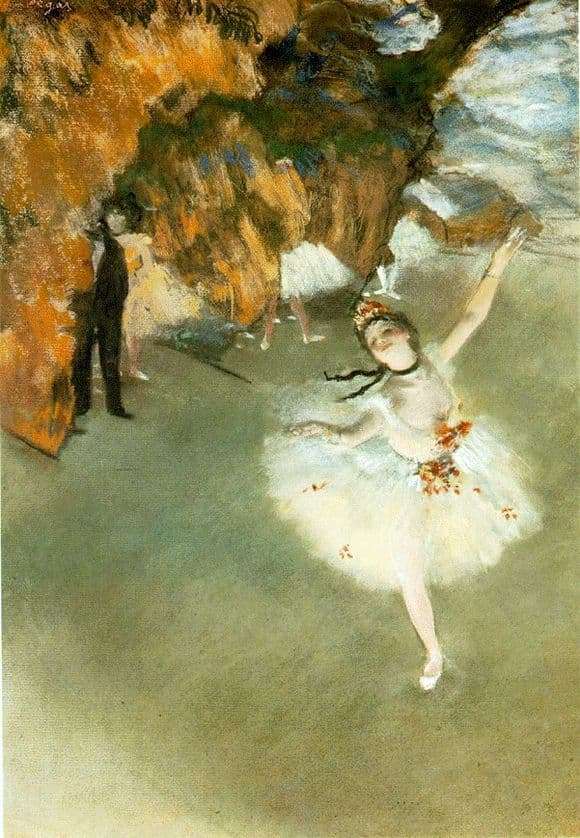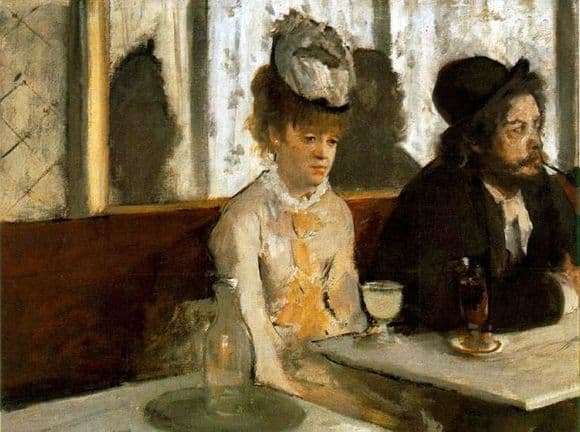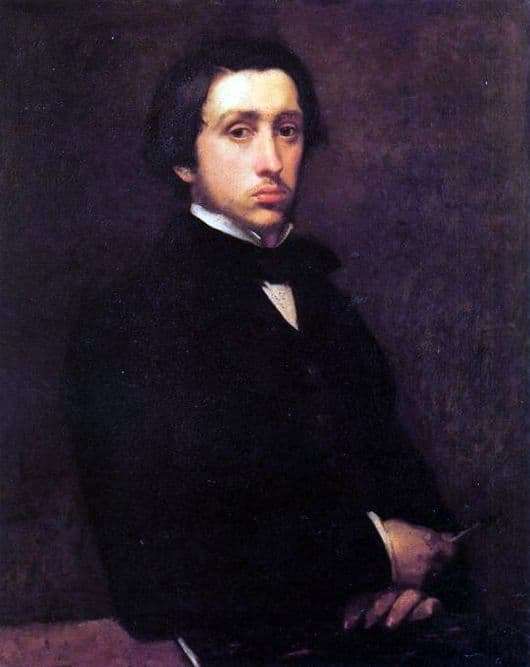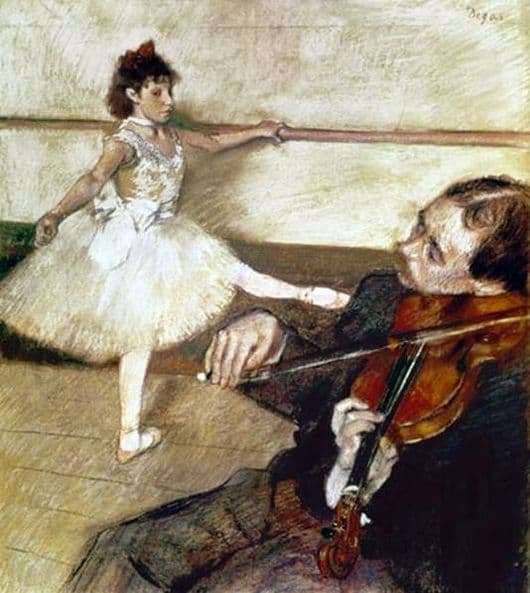
Grace, beauty and sophistication – that’s what comes through in all the paintings of Edgar Degas, dedicated to ballet. The master of painting painted ballet dancers in different techniques, and everything can be seen – he was always fascinated by the plasticity of young dancers. And at the same time, I understood very well how hard it is to reach the heights of mastery in such art as ballet.
How many countless exercises have to be repeated, listening to teachings from teachers, sometimes even evil ones, to go over the line of exhaustion, until finally a dance is born with which you can go out to the public.
It is such joyful paintings painted in oil and pastel that we see in the work of Degas – there are young charming women dressed in air tutus, beautiful, but if you look closely, you can sometimes see signs of fatigue on your faces.
Much more than all these, far away on the “front doors”, emotions can be seen on canvases describing the behind-the-scenes life of dancers. Whether they are resting, putting on their elegant tutus, posing in front of a mirror or in front of a photographer, these characters are always vital.
And the girl at the machine in the painting “Dance Lesson” also looks organically. More precisely – in one of the paintings with the same name. At first it seems surprising that a young dancer is not a beauty, she even has slightly pointed ears, like elves, a bit too heavy chin.
Most likely, we have before us – until an unformed teenager, an “ugly duckling”, who soon, very soon will become a wonderful swan, but for now – a series of tedious exercises that the accompanist playing the violin brightens.
It seems that he is dreaming, he is thinking about something of his own, he seems to be present, but his thoughts are far from here – where his melody has fascinated him, which he continues to draw with a bow over the strings. This thoughtfulness is transmitted to the girl, she seems to be mechanically repeating her exercises, while she herself keeps a constant eye on the violinist, trying to figure out into which gave me a tune.
Pastel “Dance Lesson” Degas is a true fusion of three types of art: music, dance and painting.
Description of the painting by Edgar Degas “Dance Lesson”
